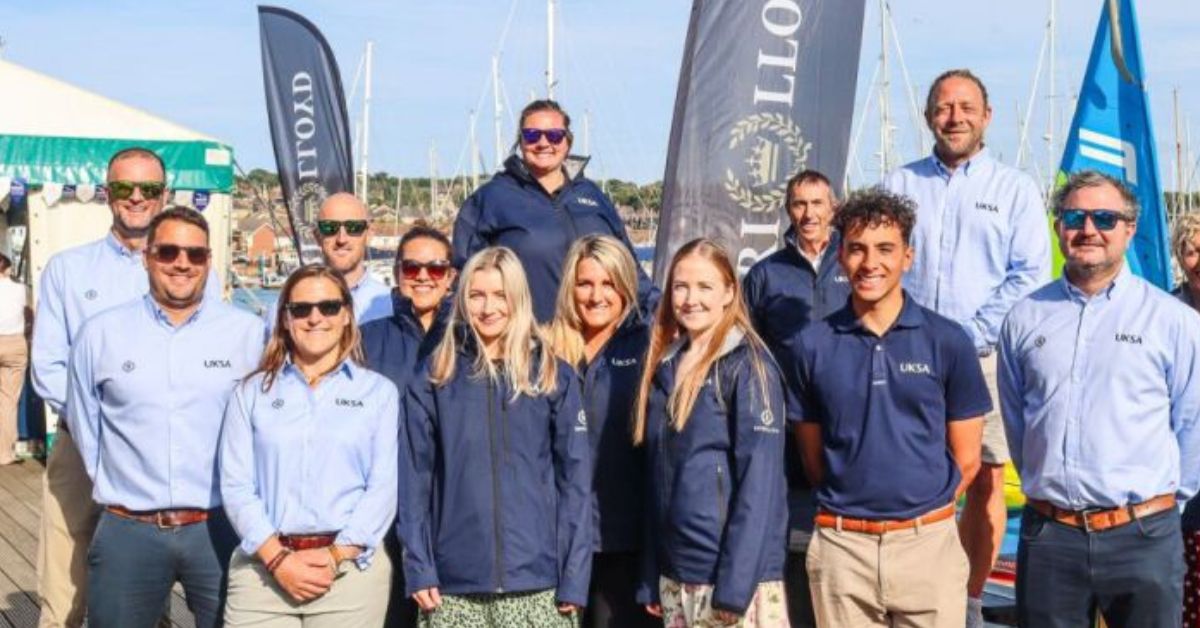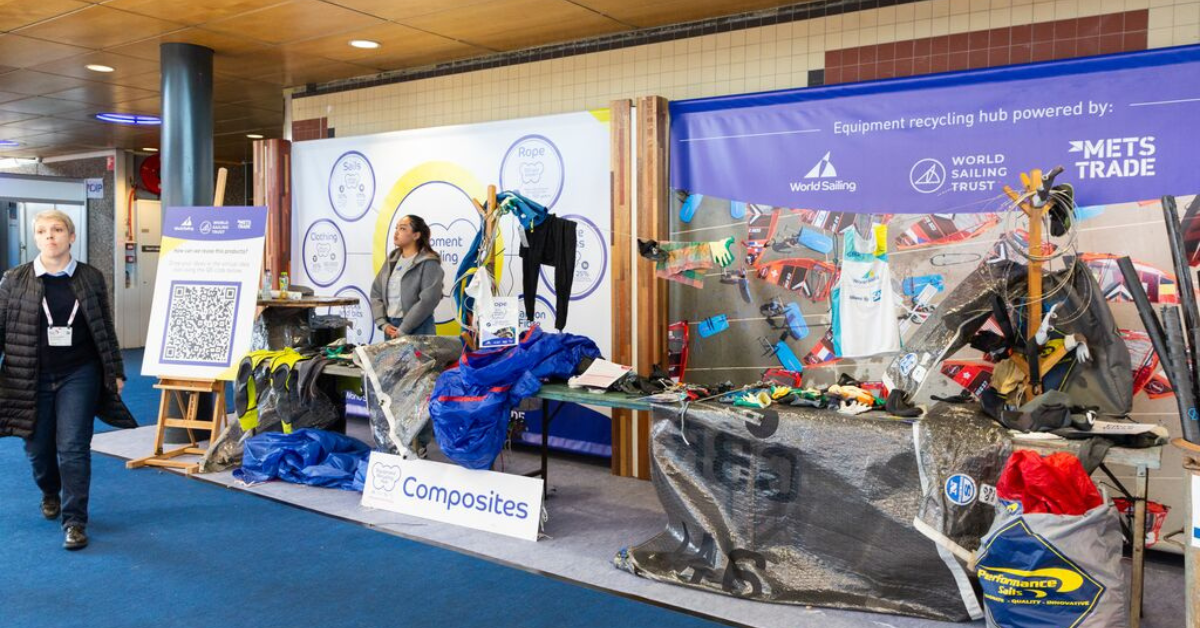End-of-Life boats, reuse of GRP... latest news!
 Peter Franklin
Peter Franklin
It has been described as a ‘challenge that won’t go away’ for the leisure marine industry, and it has been the subject of several conferences in Europe over the last few years.
For sure these events have resulted in a lot of information gathered and a higher level of general awareness regarding the scale of the problem.
A quick recap on what has led us to this point.
Put quite simply, the composite construction of boat hulls from GRP (fiberglass) created a manufacturing boom starting out in the late 50’s, which led to large volumes of virtually indestructible boats flooding the market. And now hundreds of thousands of these boats are coming to the End-of-Life, or End-of-Use stage, at around the same time, and in most cases for reasons other than deterioration of the composite hull.
Fibreglass challenges in the USA.
In some parts of America, disposal companies are dropping composite hulls into landfill at a cost of just $35 per ton. They say that commercially, this is their only option, when the most they can get from an owner (even if he is willing to pay, or can be found) is $90 to $100 per ton.
Tom Dammrich the President of NMMA (National Marine Manufacturers Association) in the US, has stated that he is determined to keep the topic firmly on the agenda, and to move forward with better solutions.
Dennis Nixon, Director of the Rhode Island Sea Grant organization on the US East Coast is also heading up a project to find innovative solutions for dismantling and recycling of GRP boats, as he says that his area has simply run out of available landfill space.
Dennis and his team are currently working with waste recycling specialists Geocycle, and have presented samples of recovered fiberglass material for alternative fuel testing. If the results are positive, they hope to move on to a larger test burn in a cement kiln.
French scheme aims to deal with the ‘who pays?’ question.
The French are undoubtedly leading the way with the ELB challenge in Europe. Having established the government backed APER boat-dismantling network a few years ago, they now have a total of 16 associate companies, offering 50 regulated disposal sites around the entire coastline of France.
But the French government has signaled that they are not prepared to sit on the fence any longer over the issue of ‘who pays?’ As of January 2018, they plan to introduce an Eco-Tax on all newly registered craft, whether produced in France or imported.
However, there is still some discussion over how much the Eco-Tax will be, and whether this will be sufficient to meet the cost of disposing of so many aging boats, when statistically the sales of new boats are nowhere near the levels of 30 or 40 years ago.
Att least the French are taking steps to address the issue, and maybe others will follow. iIt is bound to be controversial, and almost certainly unpopular, but as mentioned earlier, the problem won’t go away on its own!
A Dutch company responsibly disposes of over 300 boats a year.
As proof that there is a sound business opportunity in End-of-Life Boat disposal, and that such a business can be run profitably whilst adhering to environmental regulations, we can look briefly at one very active business operating in the Netherlands.
After ten years of process development in consultation with local and national authorities, ‘Bootjessloperij.’ also known as "het Harpje", based near Enkhuizen in North Holland, say that they are the first officially certified boat dismantling and disposal company in the country. They are handling everything from canoes to blue water sailing yachts, and managing to get 85 to 90% of all the materials responsibly and legally recycled.
Basically the procedure adopted by business owner Bram van der Pijl and his team, involves stripping everything off the boat that is possibly reusable.
What remains from the dismantling is sold for scrap and other industrial uses, or recycled. Even the fibreglass hulls are chopped up and sent to a specialist company (conveniently next door,) who reduce the GRP sections to ash in a 1000C degree oven system.
Composite recycling still in development.
Let us say here, that composite recycling is definitely not mission impossible, there are a few systems or processes that are commercially available, both in the US and in other parts of the world.
We will cover some of these in more detail in a future update on the METSTRADE Online Community, but for now, we have to conclude that despite all of this promising development work, the barriers to progress on actually recycling composite hulls in any appreciable volumes remain the same; A combination of logistical challenges, basic economics that don’t add up, and considerable reluctance for anyone to actually pay the price!
Do you know of any boat disposal / recycling schemes that are working in your area? Do you have any ideas / suggestions that could be shared with the community? Should marinas become more actively involved in providing disposal facilities? Could marine insurance companies, provide an ‘End-of-Life’ lump sum, by way of increased annual premiums over the lifetime of a boat?
Please leave your input in the comment box below, we’d love to hear from you!
Share your stories on leisure marine industry with us
Do you have an innovation, research results or an other interesting topic you would like to share with the leisure marine equipment industry? The METSTRADE website and social media channels are a great platform to showcase your stories! Let us know via metstrade@rai.nl
Are you a METSTRADE exhibitor?
Make sure you add your latest press releases to your Company Profile in the Exhibitor Portal for free exposure.


